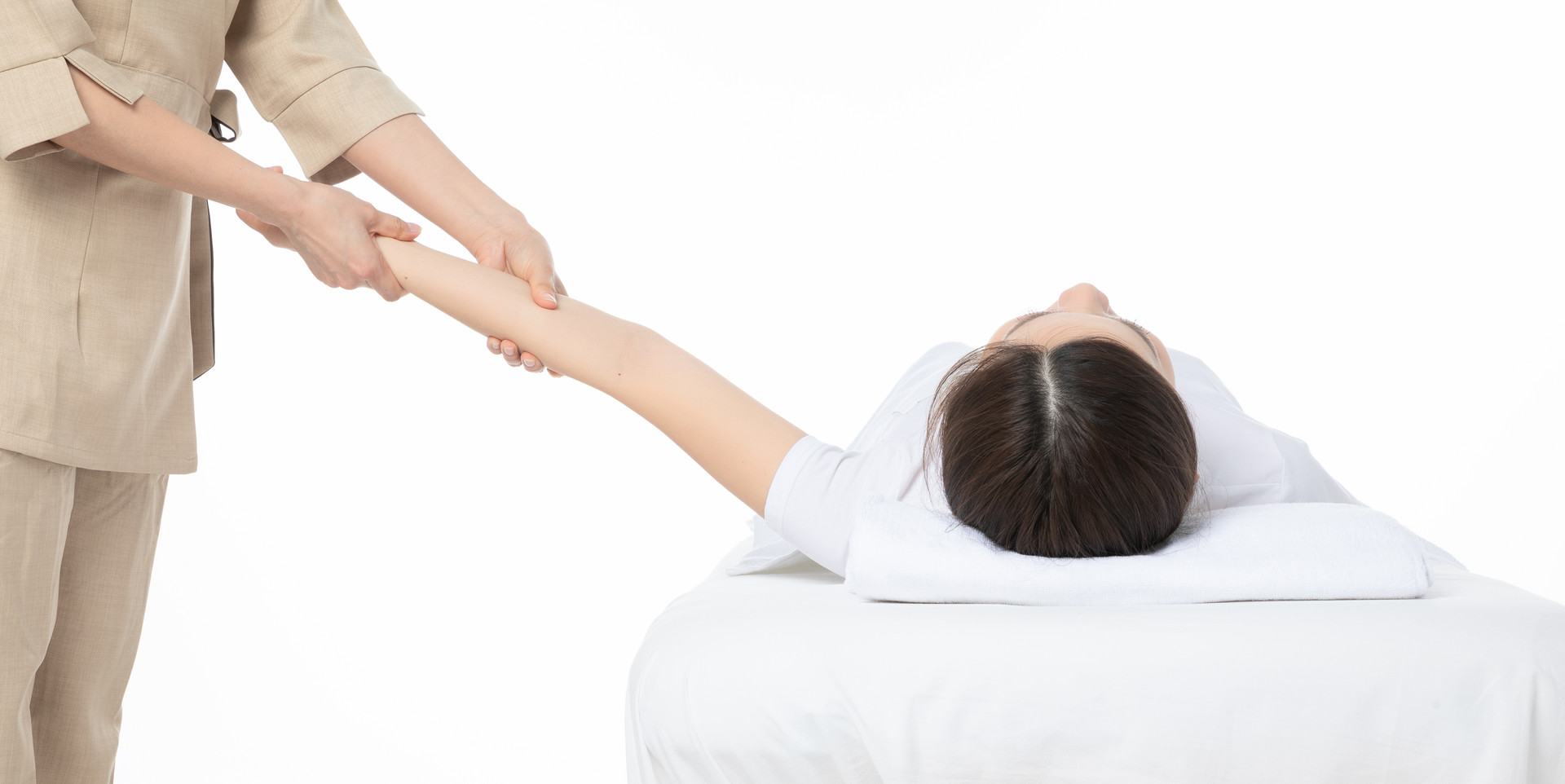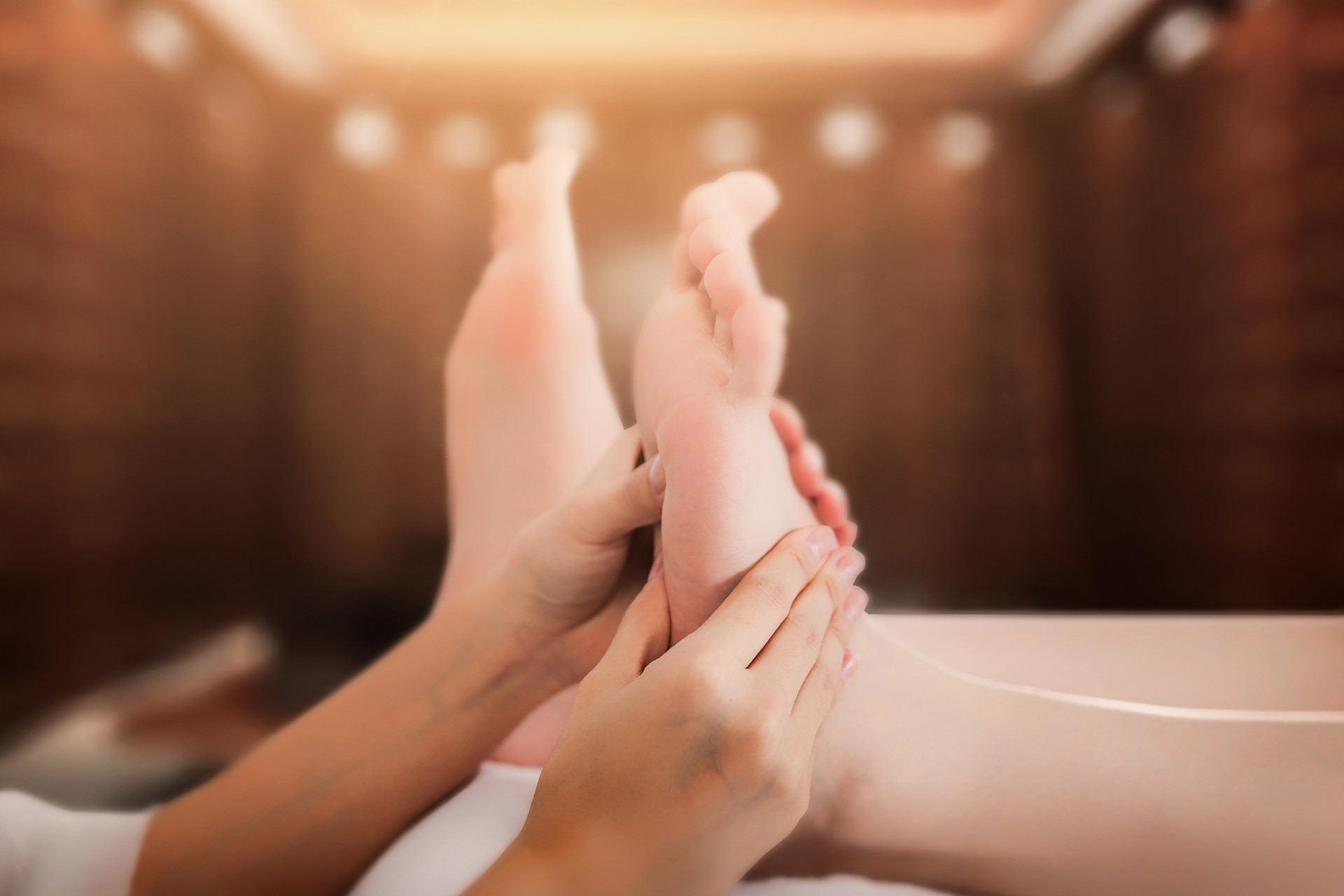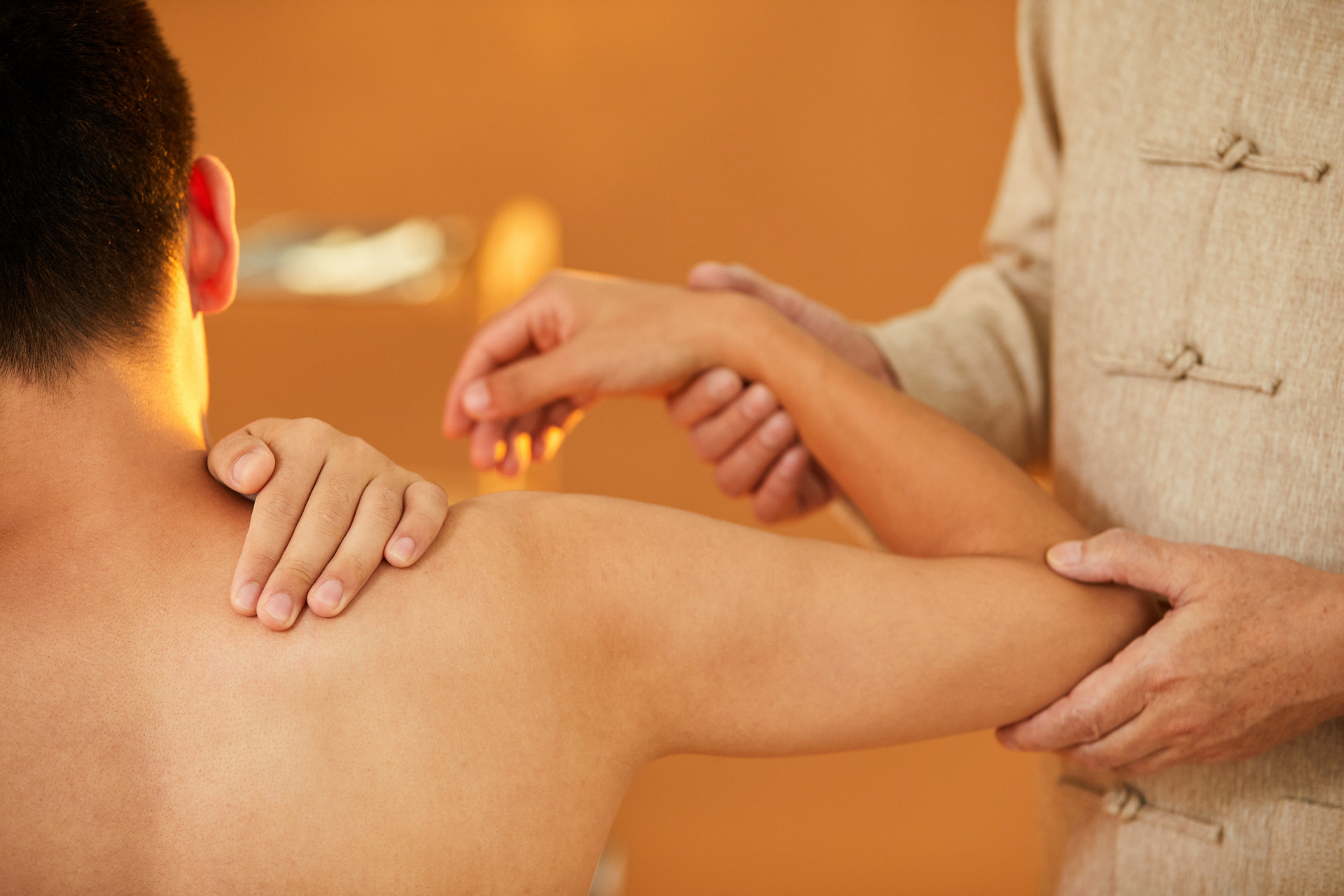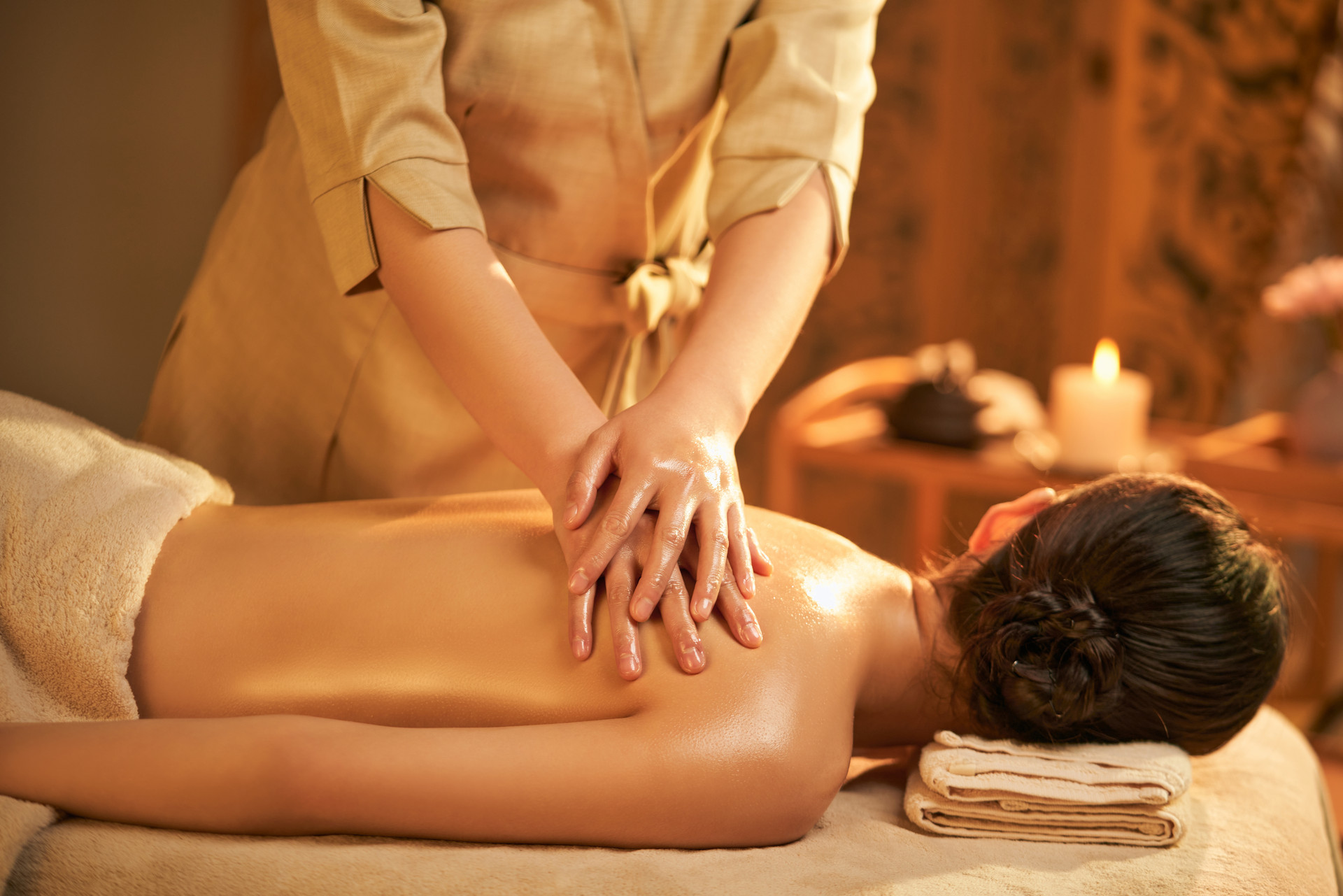Cough in children is a symptom mainly caused by the loss of lung clearing function due to external pathogens or internal injuries. Cough is a common syndrome in pediatric lung diseases, such as colds, bronchitis, pneumonia, and tuberculosis, with external pathogenic cough being the most common in clinical practice.
Etiology and Pathogenesis

Clinical Manifestations
1. Wind-cold cough
Cough, white phlegm, fever, aversion to cold, no sweat, itchy throat, nasal congestion, clear runny nose, thin white coating, floating and tight pulse, and red fingerprints.
2. Wind-heat cough
Cough, yellow sticky phlegm, slight fever and aversion to cold, slight sweating, red and swollen throat pain, nasal congestion, yellow turbid runny nose, red tongue, thin yellow coating, floating and rapid pulse, and purple-red fingerprints.
3. Yin deficiency cough
Long-term cough, dry cough without phlegm, night sweats, flushed cheeks, restlessness, thirst, red tongue with little coating, thin and rapid pulse, and pale red fingerprints.
4. Phlegm-dampness cough
Long-term cough, excessive phlegm and occasional vomiting, chest tightness and shortness of breath, heavy-headedness and fatigue, pale tongue, white greasy coating, slippery pulse, and dark red and stagnant fingerprints.
5. Lung-heat cough
Cough with coarse breath, red face and lips, dry throat and thirst, restlessness and constipation, sticky and yellow phlegm, red tongue with yellow coating, rapid pulse, and purple-red fingerprints.
6. Lung deficiency cough
Long-term cough, weak cough sound, fatigue and shortness of breath, spontaneous sweating and poor appetite, pale tongue, thin white coating, weak and thin pulse, and pale fingerprints.
Treatment
1. Treatment principles: Ventilate the lungs and regulate qi, regulate the lungs and spleen, transform phlegm and stop coughing.
2. Manipulation prescription: Clear the lung meridian, regulate the spleen meridian, perform the internal Bagua technique, rub the transverse lines of the palm, rub the Shanzhong acupoint, rub the chest root, rub the breast sides, and rub the Lung Yu acupoint.
3. Methodology: Clear the lung meridian, rub the Lung Yu acupoint, regulate the spleen meridian - regulate the spleen to transform phlegm, regulate the lungs to regulate qi. Rub the Shanzhong acupoint, rub the transverse lines of the palm, rub the chest root, rub the breast sides - widen the chest and regulate qi, stop coughing and transform phlegm. Perform the internal Bagua technique - regulate and strengthen the qi circulation, and enhance and coordinate with other techniques.
4. Modification of treatment
(1) Wind-cold cough: Add the four major techniques for external pathogenic conditions, pinch and rub Fengchi acupoint to expel wind and dispel cold, and relieve the surface and stop coughing.
(2) Wind-heat cough: Add pushing the Heavenly Pillar bone, clear the Heavenly River water to clear heat, relieve the surface, descend the counterflow, and stop coughing.
(3) Yin deficiency cough: Add rubbing the Second Person's Upper Horse acupoint, scoop the moon at the bottom of the water, change to regulate the spleen meridian to tonify the spleen meridian to nourish yin and moisten the lungs.
(4) Phlegm-dampness cough: Add massaging the abdomen, pressing the strings to walk, rubbing the Fenglong acupoint, kneading the spine, change to regulate the spleen meridian to tonify the spleen meridian to invigorate the spleen and assist in transportation, transform phlegm and stop coughing.
(5) Lung-heat cough: Add clearing the Large Intestine, retreating the six fu organs, pushing the spine, pressing the strings to walk, rubbing and massaging to clear the lungs and drain fire, descend qi and stop coughing.
(6) Lung deficiency cough: Add pushing the Three Gates acupoint, pinching the spine, change to clear the lung meridian and regulate the spleen meridian to tonify the lung meridian and tonify the spleen meridian to tonify and nourish the lung qi, ventilate the lungs and stop coughing.







